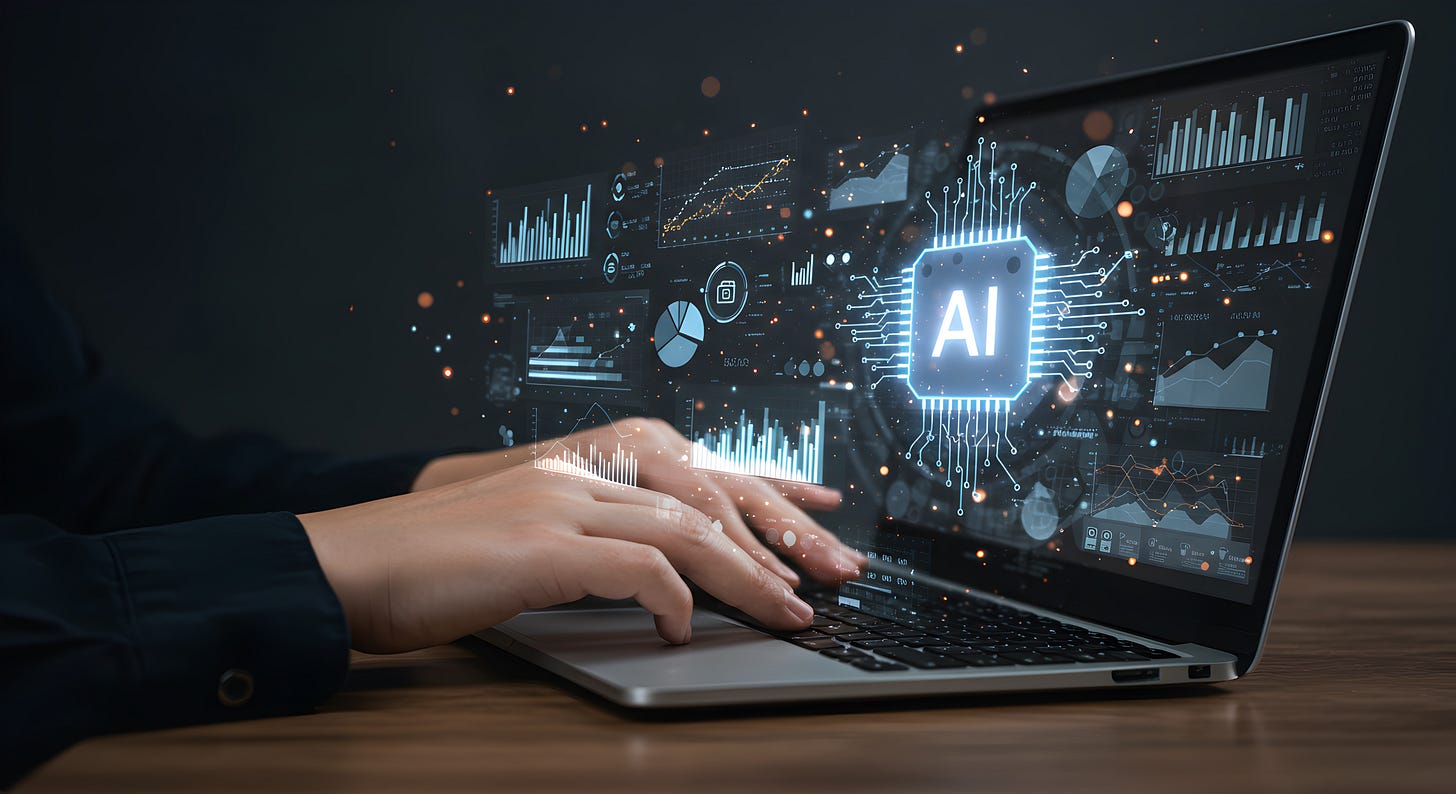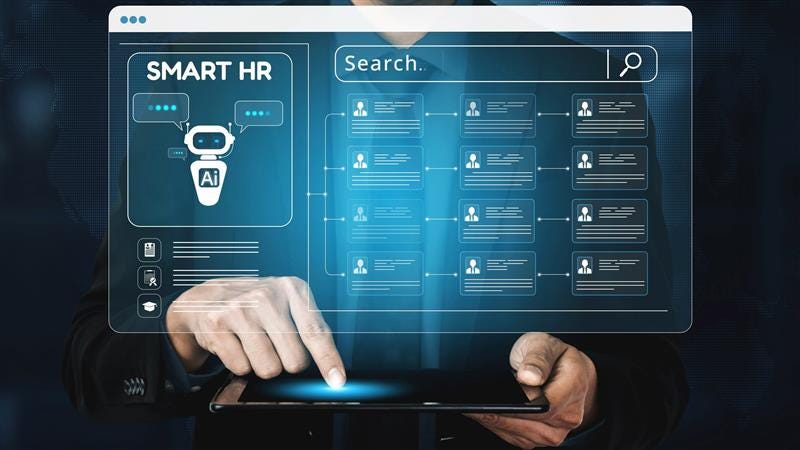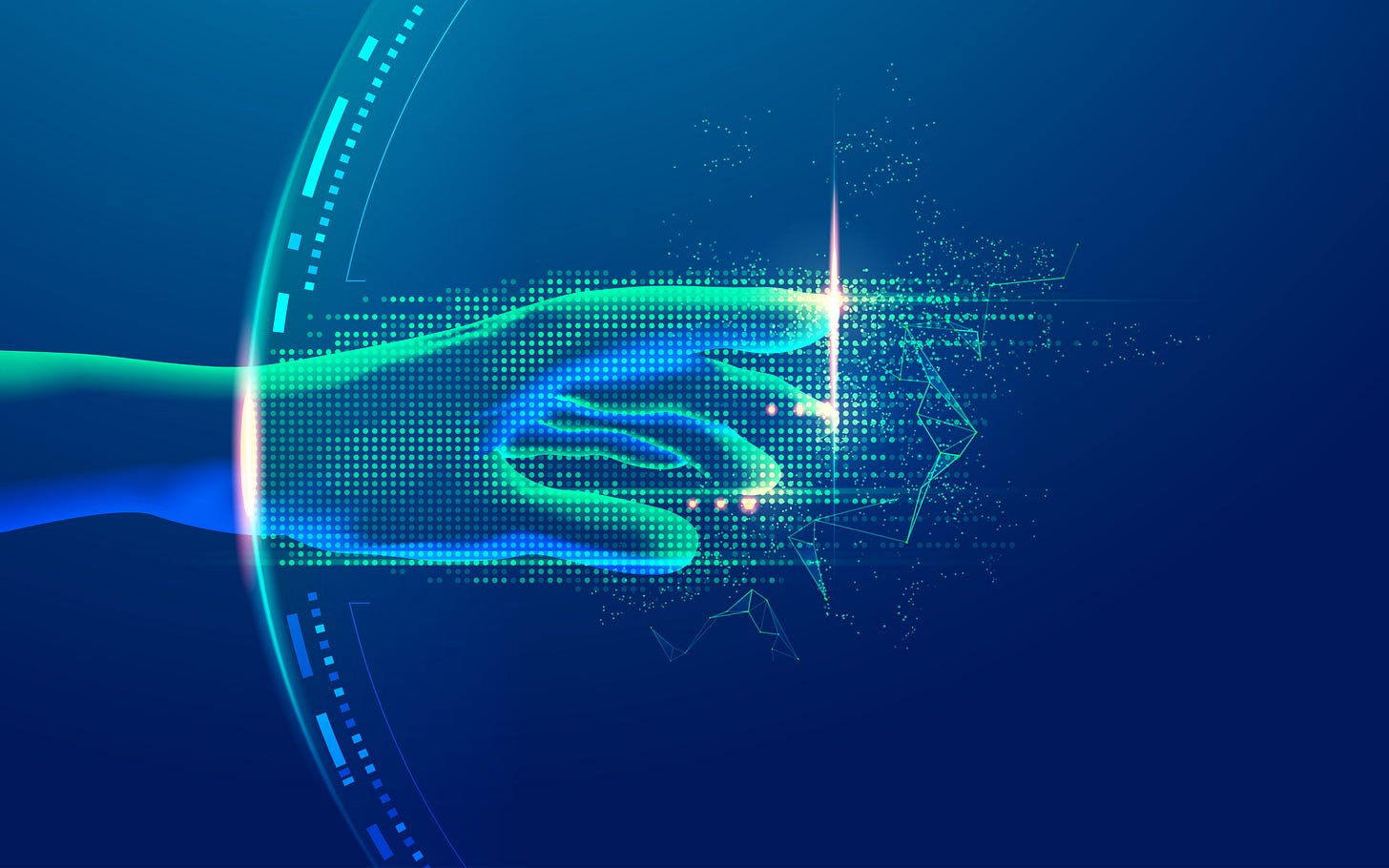Why is AI Adoption Different than All Other Tech Adoption?
AI integration: Challenges and opportunities in the modern workplace
Every year, at Passover, my family—like millions of others—gathers around a table, gives up all the best kinds of carbs, and asks the same traditional question: Why is this night different from all other nights?
Over the past ten years (!) of advising and collaborating with tech and media leaders on workforce strategy, I have seen technologies come and go, watched the Future of Work narrative rise, fade, and surge again, and observed a constant evolution in business and labor landscapes. So, as we face yet another game-changing technology, navigating the future of organizations and workforces isn’t new. And yet, this time feels different. I keep asking myself a reimagined version of that age-old question: Why is AI adoption different than all other tech adoption?
What is new is the pace of change and of adoption in our personal lives—the fact that at any moment a brand-new model, use case, intelligence score, or set of regulations may emerge and completely reshape the landscape. What is new is the need to design a workforce for an extremely uncertain future, one that could change at the drop of a hat, while facing pressure from leadership to demonstrate significant productivity and velocity gains but with very limited data or dependable insight into what exactly we’re planning for. What is new is the truly astounding futures this technology may unlock in a short span of time, with tremendous impact on broad segments of the workforce that haven’t faced this level of existential threat in the past few decades. (See my last blog article for more thoughts on the future of knowledge work.)
I don’t claim to have an easy answer. But over the past year—especially in recent months—our practice has worked closely with clients to address these uncertainties. Through that work, we’ve identified four critical answers to the titular question, along with a set of considerations that seem to resonate with both our clients and our internal leadership. I’d like to share them with you.
Four ways AI adoption stands apart
1. The burden shifts to the individual: In a typical system implementation, the business decides which tool is available to the workforce. If an HR department is implementing an HRIS system, for example, they will eventually sunset the previously used system, and employees will have no choice but to transition to the new system. With generative and agentic AI tools, employees continue to have access to their ‘old’ ways of working and should make a conscious, intentional choice to begin leveraging new tools. Training sessions and incentives tied to productivity metrics and performance management systems can certainly speed up adoption, but may run the potential risk of eroding trust if done incorrectly.
2. No ‘big bang’ go-live date: Similarly, there isn’t a final date to work backwards from, and no static goalposts that signal your work is done. AI is constantly evolving, as are the ways it can and should be used, which means both leaders and employees should continuously learn new skills, engage with emerging tools, and rethink their workflows. This can be exhausting even for those of us who are enthusiastic about tech, and incredibly daunting for those who are less comfortable with AI or for leaders who are hesitant to demonstrate vulnerability to their teams.
3. No ‘one and done’ training manual: The rules of the road will likely keep changing, too. I remember the early days of “prompt engineering,” when we learned that very specific tricks like assigning roles to AI chatbots or saying thank you made a meaningful difference in their output. These days, the rules for prompting have changed so significantly that some have even call it “context engineering.” In my own day-to-day, tools that couldn’t ingest client data just six months ago are now secure enough to do so—but shifting that messaging has been challenging. And we are back to rule #1: The burden shifts to the individual to continue experimenting and building knowledge, and frankly, that can be really hard.
4. Trust is more critical than ever: Deloitte Digital found that 80% of AI projects fail due to a lack of trust, and when trust in leadership is high, workers are 2.6x more likely to use AI tools. Trust has always mattered, but when dealing with a technology that many (including sometimes myself!) fear might replace or significantly threaten their jobs, employees need to believe their leaders are on their side. Approaching AI adoption with humanity, transparency, vulnerability, and providing agency to employees in shaping their own careers goes a long way.
One key to unlocking adoption: Building a culture of innovation
As with any change that requires a shift in mindset, every organization will address the above challenges differently. That said, one of the most important moves leaders can start to make is to work toward building a culture of innovation—which can be really difficult in large, incumbent organizations. Rooted in Deloitte’s culture framework, I have found the following choices to result in greater AI adoption.
1. Courage orientation: Employees demonstrate courage and resilience when faced with adversity, failures, or opposition. This can show up as vulnerability, a willingness to make big bets on the future, and a commitment to honesty and transparency across organization—from executives and peers to employees, and customers.
2. Risk tolerance: Employees are comfortable taking risks (where reasonable) and see failure as a learning opportunity. Of course, not every company operates in a space where it can “move fast and break things,” but where appropriate, it’s vital to create environments in which calculated experimentation with tools, workflows, and strategies is encouraged.
3. Agility and adaptation: Employees are able to shift focus, approach, priorities, etc., when presented with new information. As AI technologies evolve, so too will business strategies, products, services, and workflows. It is critical to build resilience and agility into how the teams operate, and create incentives that don’t penalize the adaptation.
4. Knowledge sharing: Employees actively share knowledge and experiences with those across the organization. With a technology as widespread and fast-evolving as AI—and one that is often adopted most quickly by early-career professionals—you never know where the next great idea will come from. Leverage AI “influencers” who are naturally curious, create opportunities like promptathons to elevate great ideas, and share learnings and leading practices across teams.
5. Continuous learning: Employees prioritize continuous learning throughout their career, even when it’s not required. Lastly, and perhaps most importantly, I hope it’s clear by now that both leaders and employees will have to adopt a mindset of continuous learning when it comes to AI. When presented in the right way, I believe this is a huge opportunity, rather than a challenge, and consider this as an opportunity to keep expanding our minds and capabilities.
As someone who is both immensely intellectually curious about emerging technologies and incredibly skeptical about the real-world benefit of technological progress, I find the phrase and concept of “AI adoption” both thrilling and a little unsettling. And I suspect I’m not alone. My advice, based on my experience, is to recognize that we are all navigating this together. “AI adoption” doesn’t have to mean being forced to use a new technology—it can be about collectively designing a better future. And who wouldn’t want to help building that?
—Dany Rifkin | Manager, TMT
This article contains general information only and Deloitte is not, by means of this article, rendering accounting, business, financial, investment, legal, tax, or other professional advice or services. This article is not a substitute for such professional advice or services, nor should it be used as a basis for any decision or action that may affect your business. Before making any decision or taking any action that may affect your business, you should consult a qualified professional advisor. Deloitte shall not be responsible for any loss sustained by any person who relies on this article.
As used in this document, “Deloitte” means Deloitte Consulting LLP, a subsidiary of Deloitte LLP. Please see www.deloitte.com/us/about for a detailed description of our legal structure. Certain services may not be available to attest clients under the rules and regulations of public accounting.
Copyright © 2025 Deloitte Development LLC. All rights reserved.








